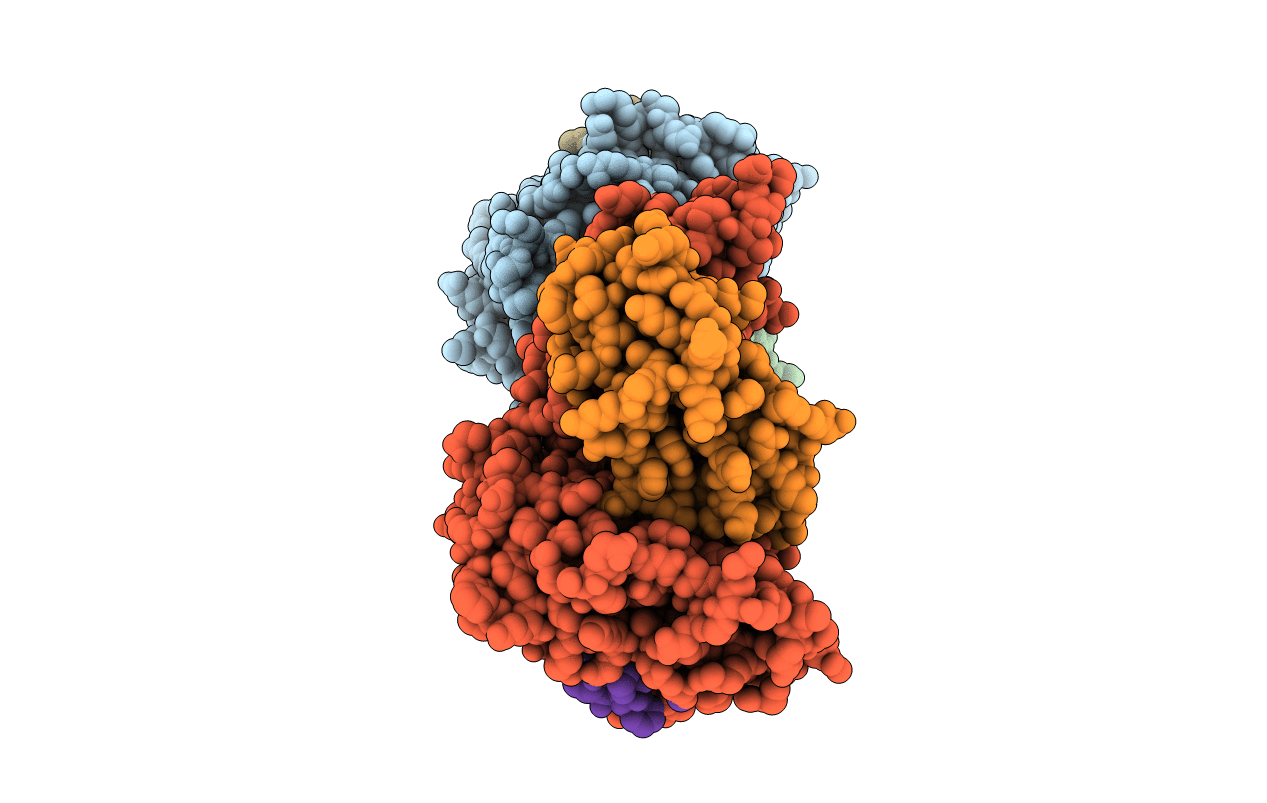
Deposition Date
2011-05-09
Release Date
2012-03-21
Last Version Date
2024-11-20
Entry Detail
Biological Source:
Source Organism:
Macaca mulatta (Taxon ID: 9544)
Simian immunodeficiency virus (Taxon ID: 11723)
Simian immunodeficiency virus (Taxon ID: 11723)
Host Organism:
Method Details:
Experimental Method:
Resolution:
2.60 Å
R-Value Free:
0.27
R-Value Work:
0.22
R-Value Observed:
0.23
Space Group:
P 1


